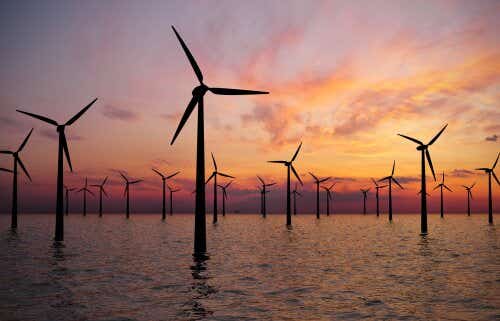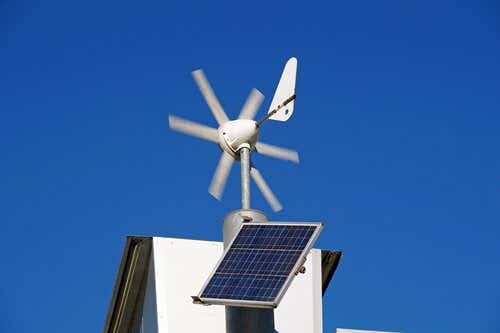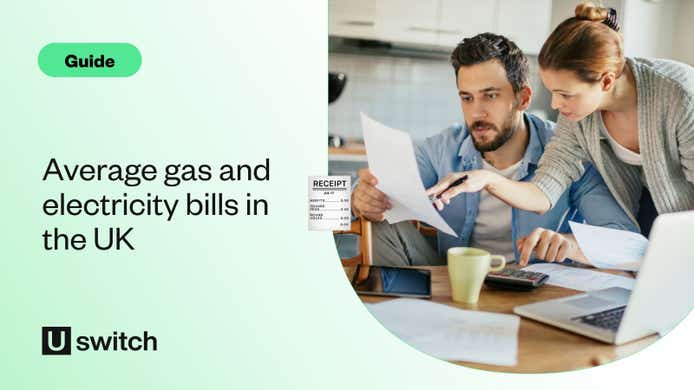How do wind farms work?
Wind turbines are a relatively simple system of generating electricity, and haven’t changed much over the centuries.
As the wind rotates the blades – which face into the wind and are tilted to generate the greatest rotation – the blades rotate a shaft and a generator, which turn the energy into electricity.
Modern wind turbines will also have sensors which detect the direction and power of the wind, so they can be rotated toward the wind or shut down if the wind is too low, or too powerful.
Crucially, electrical energy is lost if it is transported great distances, so the closer the wind farms are to the grid, the more efficient they become.
What are the advantages of wind energy?
The UK is a very windy country, with an estimated 40% of the wind that hits Europe passing over us first. This presents an advantage in terms of energy production because wind is a renewable resource, with wind farms having a virtually non-existent carbon footprint (once constructed).
It's also quick to repay initial costs and has an extremely low carbon footprint.
What are the disadvantages of wind energy?
Despite the UK being a naturally windy country, wind isn't necessarily a reliable source of energy. Some days are more windy than others which can affect energy generation. Wind farms and turbines are also expensive to build, meaning a high initial outlay.
Wind turbines also have an aesthetic impact, both visually and in terms of (a relatively low) level of noise.
What are the pros and cons of onshore wind?
Onshore wind costs half as much as offshore wind, a quarter as much as solar power, and even slightly less than nuclear power
It's environmentally friendly - while building wind turbines involves some emissions, once running they have a very low carbon footprint
Onshore wind has a limited physical impact on the environment - it doesn’t poison the land, or release toxins, can be farmed around, and once removed leaves almost no impact
When they are not running, wind turbines will need fossil fuel backup, particularly as they take up a greater proportion of our overall energy generation
The turbines have a huge visual impact, particularly as wind farms are built on top of hills to capture the most wind
Additional concerns are that they can impact birds and bats, and they can also produce some noise, disturbing local residents
What are the pros and cons of offshore wind?
Offshore wind farms are bigger than their onshore rivals, and with far more wind out at sea compared to onshore, they can produce far more energy and more reliably
There is lower visual impact with offshore wind
There is very little impact to wildlife, with the farms even providing offshore reefs for fish, making them one of the greenest forms of energy generation available
Constructing huge wind farms out at sea is understandably expensive, and when they break down they are also expensive to fix and maintain
How much wind energy is generated in the UK?
As of 2024, the UK is the world leader of offshore wind power, providing more than a third of Europe's offshore wind resource. In the first three months of 2023, a new UK record for energy generated by wind was set, with more electricity generated by wind than by gas-fired power stations for the first time ever. Additionally, during Storm Pia in December 2023, wind turbines generated more than half of the country’s electricity for the first time.
Despite this, the former Conservative government had introduced a de facto ban on the building of new onshore wind farms. This has now been lifted by the new (at the time of writing) Labour government, with the intention of further harnessing wind power to bring down energy customers' bills.




